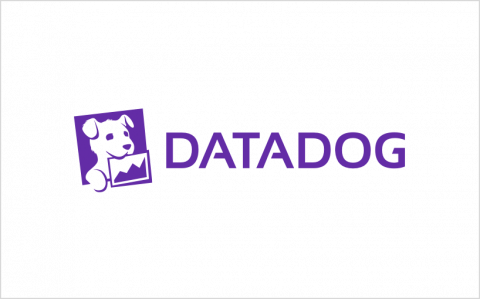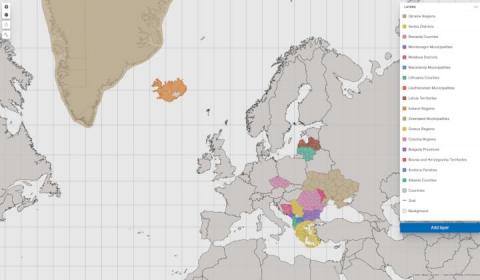Application peformance monitoring with Datadog 2020
Datadog is an application performance monitoring and analytical SaaS for cloud infrastructure. Datadog enables DevOps teams, SREs and IT operation teams to optimize their systems for uptime and availability. Modern services generate massive amounts of data from all of the different services and technologies, Datadog supports over 400+ integrations and collects data for improving visibility across dynamic production environments.











